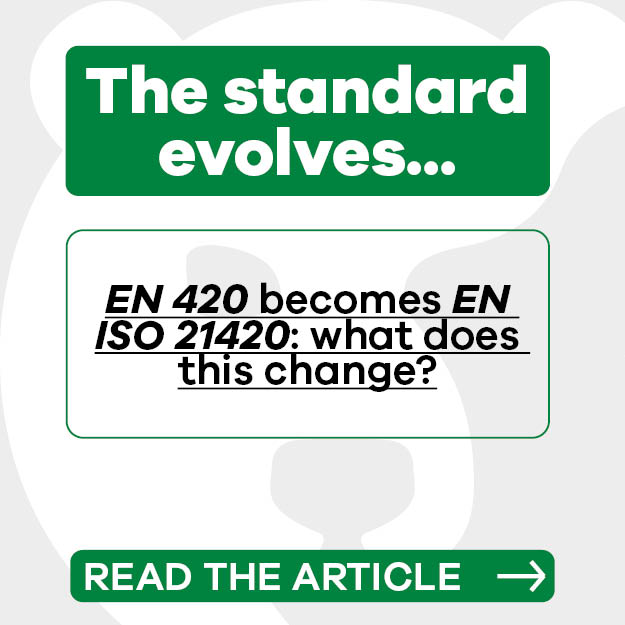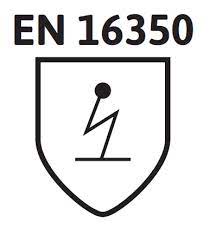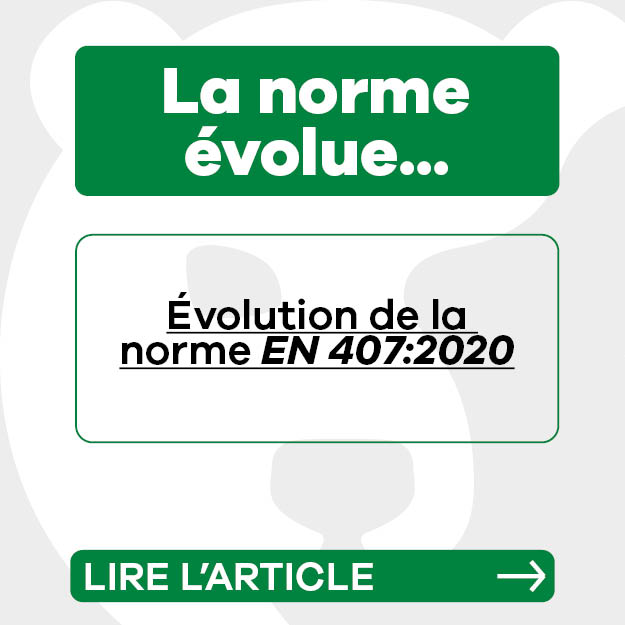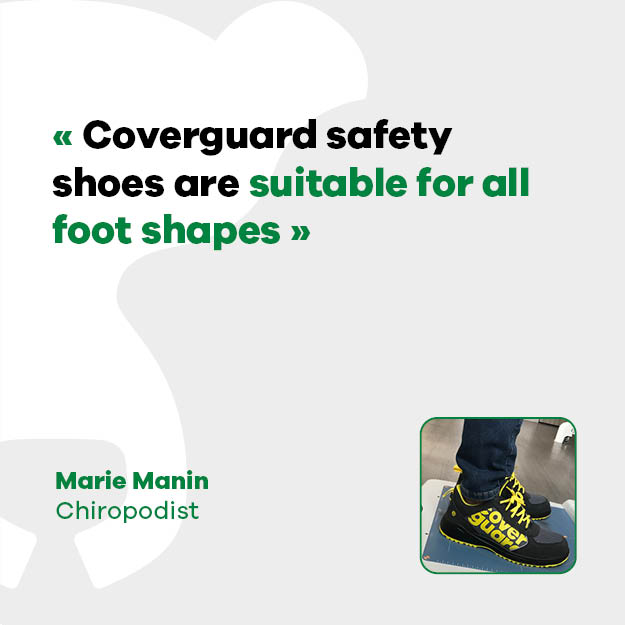Promotionsaktion „RÄUMUNGSVERKAUF“

EN 420 Transitioned Into EN ISO 21420: What Are The Changes?
The EN ISO 21420:2020 standard, published in March 2020, replaces EN 420. This new standard specifies the general requirements: design, manufacturing, marking, manufacturer information and test methods.
SCOPE OF APPLICATION
The EN ISO 21420:2020 standard now applies to gloves, mittens, potholders and arm protection.
SKIN SAFETY
The new standard EN ISO 21420 complements the existing requirements in EN 420 :
For gloves containing leather, the content of Chromium VI in the leather must be less than 3.0mg/kg leather.
The pH of gloves must be between 3.5 and 9.5.
It also specifies the following points:
All metallic materials that may come into prolonged contact with the skin must have a nickel release of less than 0.5µg/cm² per week.
In polyurethane gloves, the quantity of Dymethylformamide (DMFa) must not exceed 1000mg/Kg (0.1% by weight) or 1000PPM.
NB: some of our COVERGUARD gloves, such as 1PULD40contains less than 10PPM of DMFa.
In coated gloves, containing rubber or plastic, the content of polycyclic aromatic hydrocarbons (PAHs) must not exceed 1mg/kg (0.0001% by mass of these compounds).
Requirement to include a warning on the label for gloves containing natural rubber.
CLEANING
If care instructions are provided in the manual, the gloves must be tested twice: first before washing, then after being subjected to the maximum number of wash cycles recommended in the manual. The lowest performance levels will then be used.
ELECTROSTATIC PROPERTIES
For gloves intended to be worn in ATEX zones (Explosive Atmospheres), the following pictogram appears:

Electrostatic properties must be tested in accordance with EN 16350.
For gloves with other electrostatic surface properties or charge attenuation: no pictogram is required. The electrostatic properties tested according to EN 1149-1 or EN 1149-3 can be recorded in the instructions.
GLOVE SIZES AND DIMENSIONS
There is no longer a minimum length requirement. The glove sizes can be defined either according to Annex B of the standard or according to another system explained to the user. However, in the case of a specific use, the lengths required by the applicable standards will be applied (example: gloves for welders EN 12477).
GLOVE MARKING
For better traceability, gloves must now be marked with the following:
The name, trademark or other means of identification of the manufacturer
The full address of the manufacturer
Glove name or code
Size
Standard(s) (pictogram + standard reference)
Date of manufacture (at least month and year) or batch number
If applicable, the date of obsolescence (at least month and year) behind the hourglass pictogram.
If marking on the glove is not possible due to product characteristics, it must be placed on the packaging or on any document supplied with the glove.
MULTI-LAYER GLOVES
Instructions for donning, doffing and adjusting the gloves should now appear on the package insert. The liner must not be reversible when the glove is removed. This is especially true for gloves with a lining (thermal insulation against cold or heat)


















